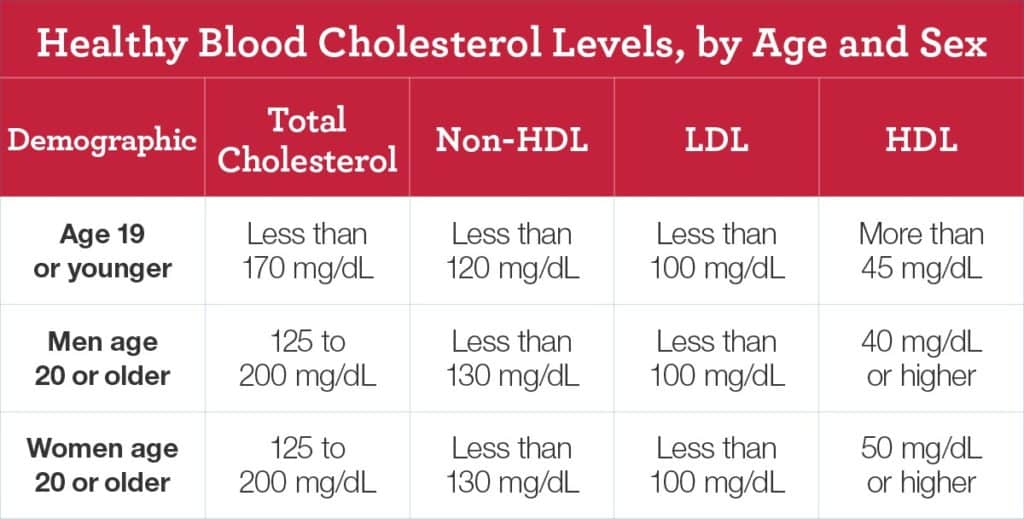

There is high value in keeping track of your hsCRP levels from both a preventative and treatment standpoint.ĭr. Notably, all features of metabolic syndrome are associated with increased levels of CRP. D’Agostino: High CRP levels are found in those with obesity, heart disease, diabetes, Alzheimer’s disease, leaky gut, infection, cancer, sleep disorders (like obstructive sleep apnea, or OSA) and other states of chronic inflammation. As the diabesity gets better, the inflammation goes down.ĭr. C-reactive protein is significantly elevated in most people with diabesity (aka, insulin resistance). Hyman: The easiest way to measure hidden inflammation in the body is C-reactive protein. High sensitivity C-reactive protein (hsCRP)Ī protein made by the liver that rises in blood concentration when you have inflammation. David Perlmutter: Associate Professor at the University of Miami School of Medicine, leading expert in neurodegeneration and metabolic health, author of five best-selling books, including Grain Brain. Casey Means: Chief Medical Officer and co-founder of Levels Associate Editor of the International Journal of Disease Reversal and Prevention Stanford-trained physician. Molly Maloof: Functional medicine physician and biotech consultant, Stanford lecturer on “Healthspan: Living Better Longer ” focuses on personalized medicine and longevity. Rob Lustig: Professor emeritus of Pediatrics at UCSF, research and clinical focus on childhood obesity and diabetes, author of four books about the dangers of sugar and processed food. Mark Hyman: Head of Strategy and Innovation at the Cleveland Clinic Center for Functional Medicine, author of 14 best-selling books, focuses on the role of food as medicine. Sara Gottfried: Director of Precision Medicine at the Marcus Institute of Integrative Health-Jefferson Health, pioneering physician-scientist, author of four books research focus on metabolic phenotypes and prediabetes development. Dom D’Agostino, PhD: Associate Professor at University of South Florida, leading researcher in neuro implications of keto, runs Keto Nutrition.Ben Bikman, PhD: Associate Professor at Brigham Young University, leading insulin researcher and author of Why We Get Sick.Homeostatic Model Assessment for Insulin Resistance (HOMA-IR).

High-Density Lipoprotein Cholesterol (HDL-C).Low-Density Lipoprotein Cholesterol (LDL-C).High sensitivity C-reactive protein (hsCRP).Talk to your doctor for specific questions about your personal lab results. This is compiled expert opinion for educational purposes. ⚠️ This information does not constitute medical advice. Print out your last lab results, grab a pen and this article, and dig in. The point isn’t to give you more challenging numbers to aim for, but to help you understand that blood test markers are complex, they represent inter-related systems in your body, and they’re worth investing time to understand. We’ve compiled their feedback below along with a general consensus. We put together this guide by talking to eight Levels advisors who are experts in metabolic health. For Americans to become metabolically healthier, we need to begin looking at metabolic labs in a more nuanced way and understanding the labs in context with each other. It’s also important to understand that none of these markers exists in isolation. Even so-called normal levels may be an indication of a problem that’s already taken root and needs to be addressed. When we talk about optimal ranges for these values, there’s still a lot of nuance and disagreement, but one thing is clear: They’re much stricter than the “standard” ranges you see on the pamphlet with your results. But since the test for that is hard to get, you can get a sense of it from your triglyceride-to-HDL ratio. What matters more is what types of LDL particles we have, specifically the ratio of small dense LDL particles (the problem-causing ones) to big fluffy ones. And you should have a sense of not just the “standard” ranges for each test, but the optimal levels for each test and how they interact with each other.įor example, despite all the scaremongering, LDL cholesterol on its own doesn’t actually tell us that much unless it’s at very rare high levels. You should know what the values tell you about what’s going on in your body. We believe you should be empowered to make sense of those results yourself. Maybe we Google a number if it looks higher than the standard ranges, but even when we do, it’s difficult to know what one sort-of-high number means. We assume that if any particular result is too high or low, the doctor will let us know. Most of us get a standard panel of blood tests-cholesterol, glucose-every year or two at a physical.


 0 kommentar(er)
0 kommentar(er)
